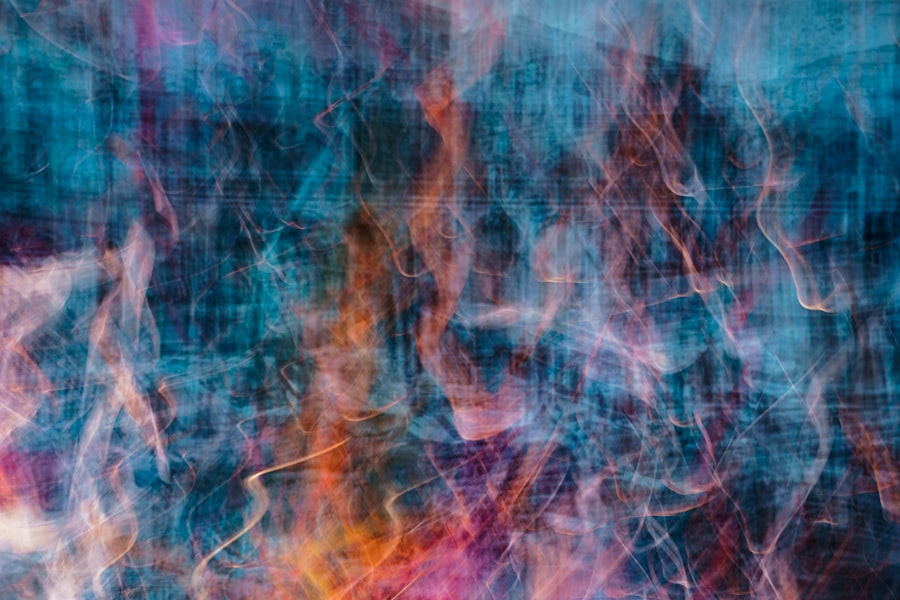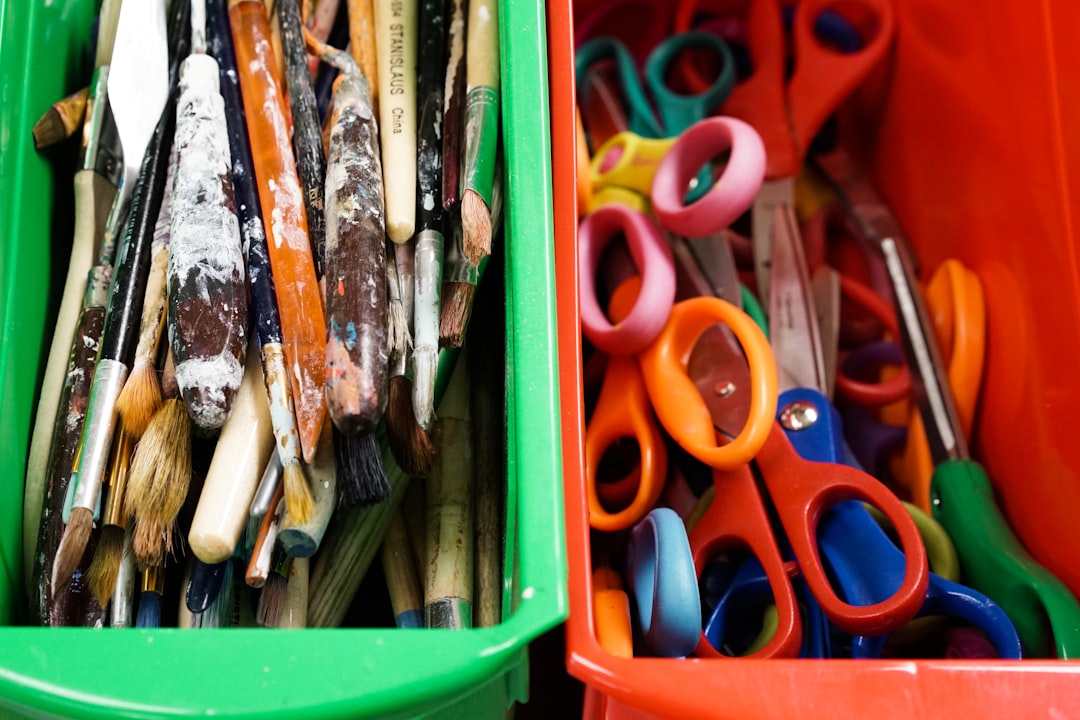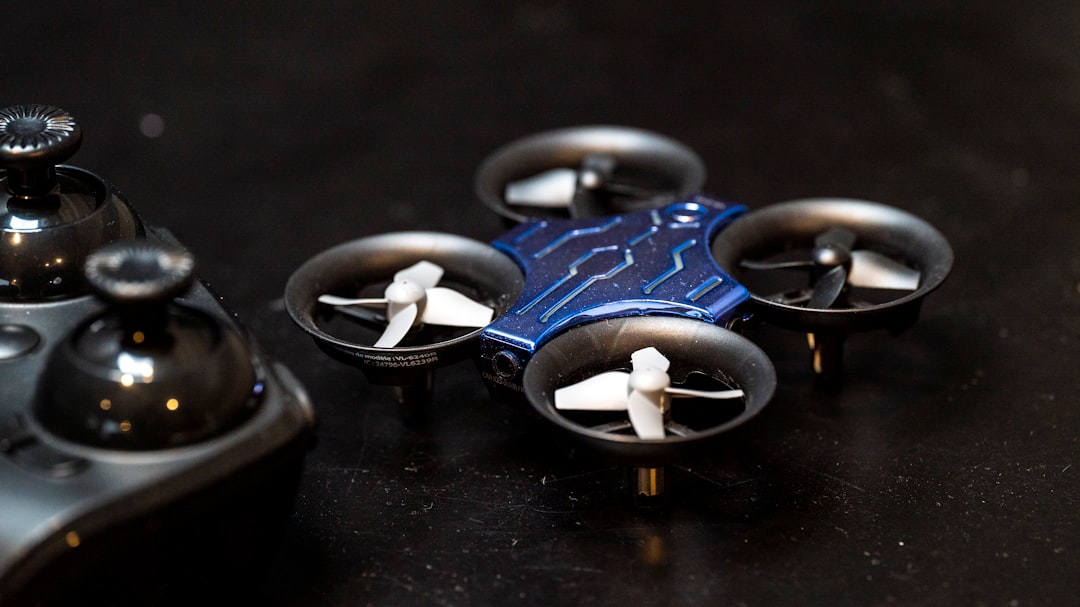In recent years, the intersection of artificial intelligence and the arts has sparked a revolution in how we identify and nurture creative talents. The advent of AI-driven systems has opened new avenues for discovering artistic abilities that may have previously gone unnoticed. These technologies are not merely tools; they represent a paradigm shift in how we perceive creativity and talent.
By leveraging vast datasets and sophisticated algorithms, AI can analyze patterns, styles, and techniques in artworks, providing insights that can help identify emerging artists and their unique capabilities. The implications of this technological advancement are profound. For artists, it means greater visibility and opportunities to showcase their work.
For educators and mentors, AI offers a new lens through which to evaluate and support budding talents. As we delve deeper into the capabilities of AI in the realm of art, it becomes clear that these systems are not just enhancing our understanding of artistic expression but are also redefining the very essence of creativity itself.
Key Takeaways
- AI-driven discovery of artistic talents is revolutionizing the way we identify and nurture creativity.
- AI systems have the potential to analyze artworks in depth, providing insights into artistic abilities and potential.
- Early detection of artistic talents through AI-driven methods can help identify and support budding artists from a young age.
- AI-driven support for nurturing artistic talents can provide personalized guidance and resources for aspiring artists.
- Real-life applications of AI in identifying and fostering artistic potential include talent scouting, art education, and career development in the creative industries.
Understanding the potential of AI systems in analyzing artworks
Uncovering Hidden Trends and Patterns
Moreover, AI’s ability to process vast amounts of data in real-time means that it can uncover trends and patterns that might elude human observers. For instance, an AI system can analyze thousands of paintings to determine which styles are gaining popularity or how certain themes evolve over time. This capability is invaluable for curators, collectors, and artists alike, as it provides a data-driven foundation for understanding the ever-changing landscape of the art world.
Enhancing Emotional and Cultural Understanding
This analytical prowess enables AI to identify not only the technical aspects of a work but also its emotional resonance and cultural significance.
Informed Decision-Making in the Art World
By harnessing this potential, stakeholders can make informed decisions about acquisitions, exhibitions, and artistic direction.
Early detection of artistic abilities through AI-driven methods

One of the most exciting applications of AI in the arts is its potential for early detection of artistic abilities. Traditional methods of talent identification often rely on subjective assessments by educators or mentors, which can be influenced by biases or limited exposure to diverse artistic expressions. In contrast, AI-driven methods offer a more objective approach by analyzing a wide range of factors that contribute to artistic potential.
For example, AI can evaluate a child’s drawings or paintings using image recognition technology to assess their creativity, originality, and technical skill. By comparing these works against established benchmarks from various age groups and artistic styles, AI can provide insights into a young artist’s strengths and areas for improvement. This early detection not only helps identify promising talents but also allows for tailored educational interventions that can foster their growth in a supportive environment.
Furthermore, the integration of AI in talent identification can democratize access to artistic education. By providing tools that can assess talent regardless of geographical location or socioeconomic status, AI has the potential to uncover hidden gems in underserved communities. This inclusivity ensures that diverse voices and perspectives are represented in the art world, enriching the cultural tapestry for future generations.
AI-driven support for nurturing artistic talents
Once artistic potential has been identified, AI systems can play a crucial role in nurturing these talents through personalized support and resources. By analyzing an artist’s body of work, AI can offer tailored feedback on techniques, styles, and themes that resonate with their unique voice. This level of customization empowers artists to refine their skills and explore new avenues of expression without the constraints of traditional educational frameworks.
Moreover, AI-driven platforms can facilitate collaboration among artists by connecting them with mentors or peers who share similar interests or complementary skills. These platforms can analyze user profiles and suggest partnerships based on artistic goals, fostering a sense of community and collaboration that is essential for creative growth. In this way, AI not only supports individual artists but also cultivates a vibrant ecosystem where creativity thrives.
Additionally, AI can assist in the logistical aspects of an artist’s career by providing insights into market trends and audience preferences. By analyzing data from social media platforms and online galleries, AI can help artists understand what resonates with their audience, enabling them to make informed decisions about their work and marketing strategies. This holistic approach to nurturing artistic talent ensures that artists are equipped with both the creative tools and the business acumen necessary for success in today’s competitive landscape.
Real-life applications of AI in identifying and fostering artistic potential
The practical applications of AI in identifying and fostering artistic potential are already being realized across various sectors. Educational institutions are increasingly incorporating AI-driven tools into their curricula to enhance art education. For instance, some schools utilize software that analyzes students’ artwork to provide instant feedback on their techniques and creativity.
This immediate response encourages students to experiment and take risks in their artistic endeavors. In the professional realm, galleries and art institutions are employing AI systems to scout emerging artists. By analyzing social media engagement, exhibition history, and even auction results, these systems can identify artists who are gaining traction within the art community.
This data-driven approach allows galleries to curate exhibitions that reflect current trends while also supporting up-and-coming talent. Moreover, companies specializing in art technology are developing platforms that connect artists with potential buyers or collaborators based on their unique styles and preferences. These platforms leverage AI algorithms to match artists with opportunities that align with their creative vision, thereby streamlining the process of finding representation or selling artwork.
As these applications continue to evolve, they promise to reshape the landscape of the art world by making it more accessible and interconnected.
Ethical considerations and challenges in using AI for talent recognition

The Benefits and Challenges of AI in the Arts
The integration of Artificial Intelligence (AI) into the arts offers numerous benefits, but it also raises important ethical considerations that must be addressed. One significant concern is the potential for bias in AI algorithms. If the data used to train these systems is not diverse or representative of various artistic expressions, there is a risk that certain styles or cultures may be overlooked or undervalued.
Addressing Bias and Inequality in AI-Generated Art
This could perpetuate existing inequalities within the art world and hinder the recognition of diverse talents. The lack of diversity in AI-generated art may lead to a homogenization of styles, stifling innovation and creativity. It is essential to ensure that AI algorithms are trained on diverse data sets to promote inclusivity and representation in the art world.
Authorship and Ownership in AI-Generated Art
There is an ongoing debate about authorship and ownership when it comes to AI-generated art. As machines become more capable of creating original works, questions arise regarding who holds the rights to these creations—the artist who provided input or the algorithm itself? Establishing clear guidelines around authorship will be crucial as we navigate this new frontier in art creation.
Striking a Balance between Technology and Human Judgment
Furthermore, reliance on AI for talent recognition may inadvertently stifle human intuition and creativity.
Striking a balance between technological advancements and human judgment will be essential to ensure that the art world remains vibrant and diverse.
Future prospects and developments in AI-driven discovery of artistic talents
Looking ahead, the future prospects for AI-driven discovery of artistic talents are both exciting and promising. As technology continues to advance, we can expect even more sophisticated algorithms capable of understanding complex artistic nuances. This evolution will likely lead to enhanced tools for talent identification that go beyond mere analysis of visual elements to encompass emotional impact and cultural context.
Moreover, as more artists embrace digital mediums and platforms for sharing their work, the datasets available for training AI systems will expand exponentially. This influx of data will enable more accurate assessments of artistic potential across various genres and styles. Additionally, collaborations between artists and technologists will likely yield innovative solutions that further bridge the gap between creativity and technology.
The integration of virtual reality (VR) and augmented reality (AR) into AI systems also holds great promise for the future of artistic talent discovery. These technologies could provide immersive experiences that allow artists to experiment with new forms of expression while receiving real-time feedback from AI systems. Such advancements could revolutionize how we approach art education and mentorship, creating dynamic environments where creativity flourishes.
The impact of AI systems on the art world and creative industries
In conclusion, the impact of AI systems on the art world and creative industries is profound and multifaceted. From identifying emerging talents to providing personalized support for artists’ growth, these technologies are reshaping our understanding of creativity itself. As we continue to explore the capabilities of AI in analyzing artworks and nurturing artistic potential, it is essential to remain mindful of ethical considerations and strive for inclusivity within this evolving landscape.
The future holds immense possibilities for collaboration between human creativity and artificial intelligence. By harnessing the strengths of both realms, we can create a more vibrant and diverse art world that celebrates unique voices while embracing innovation. As we stand at this exciting crossroads between technology and artistry, it is clear that AI will play an increasingly pivotal role in shaping the future of creative expression for generations to come.
In der Diskussion über die KI-gesteuerte Entdeckung von künstlerischen Talenten, wie in dem Artikel “KI-Systeme können Kunstwerke analysieren und Menschen mit künstlerischem Talent oder Potenzial erkennen und fördern” beschrieben, ist es auch interessant, die Rolle des Metaversums zu betrachten. Ein relevanter Artikel, der sich mit der Integration von virtuellen und physischen Räumen befasst und wie dies die künstlerische Kreation und Entdeckung beeinflussen könnte, ist “Metaverse and the Real World: Integrating Physical and Virtual Spaces”. Dieser Artikel könnte weitere Einblicke in die Möglichkeiten bieten, wie KI in einer zunehmend digitalisierten Welt künstlerische Talente erkennen und fördern kann. Lesen Sie mehr darüber in diesem











Leave a Reply